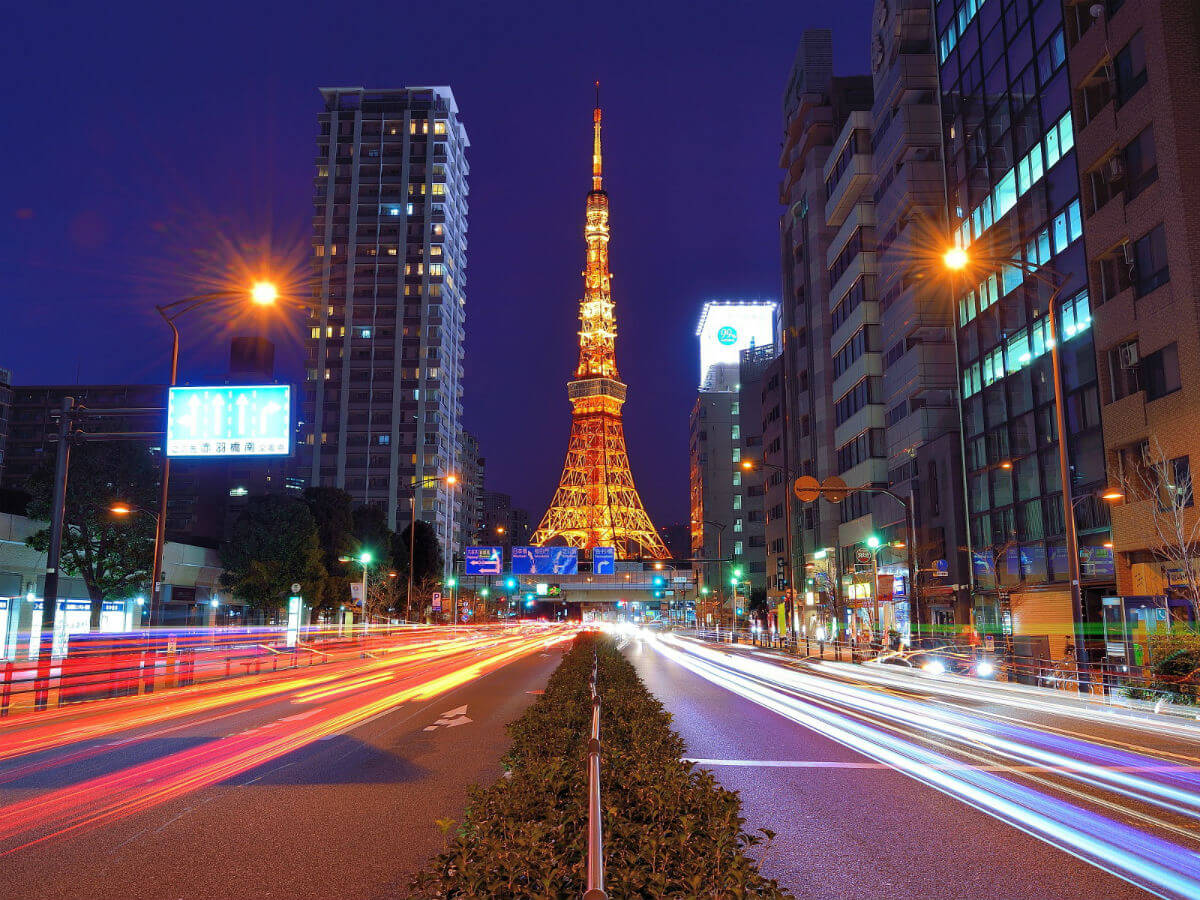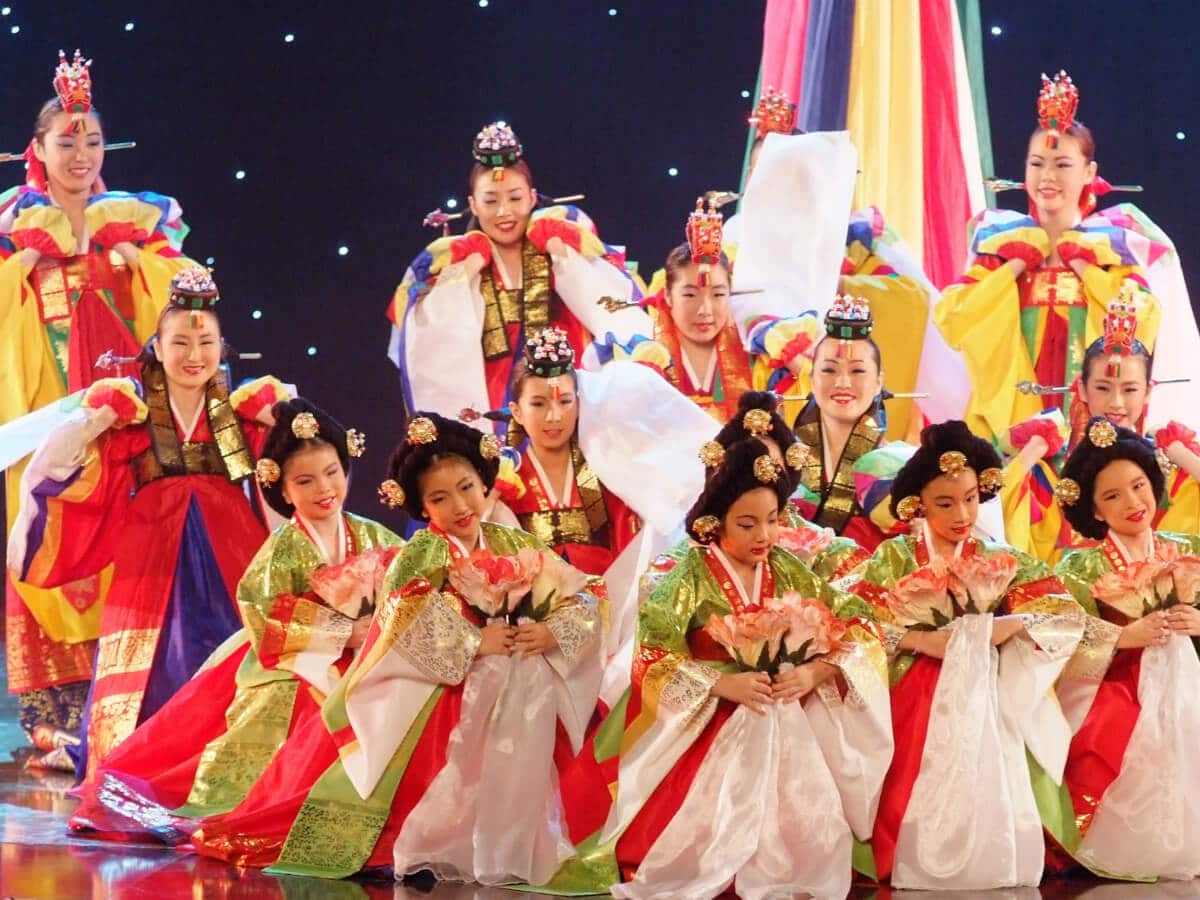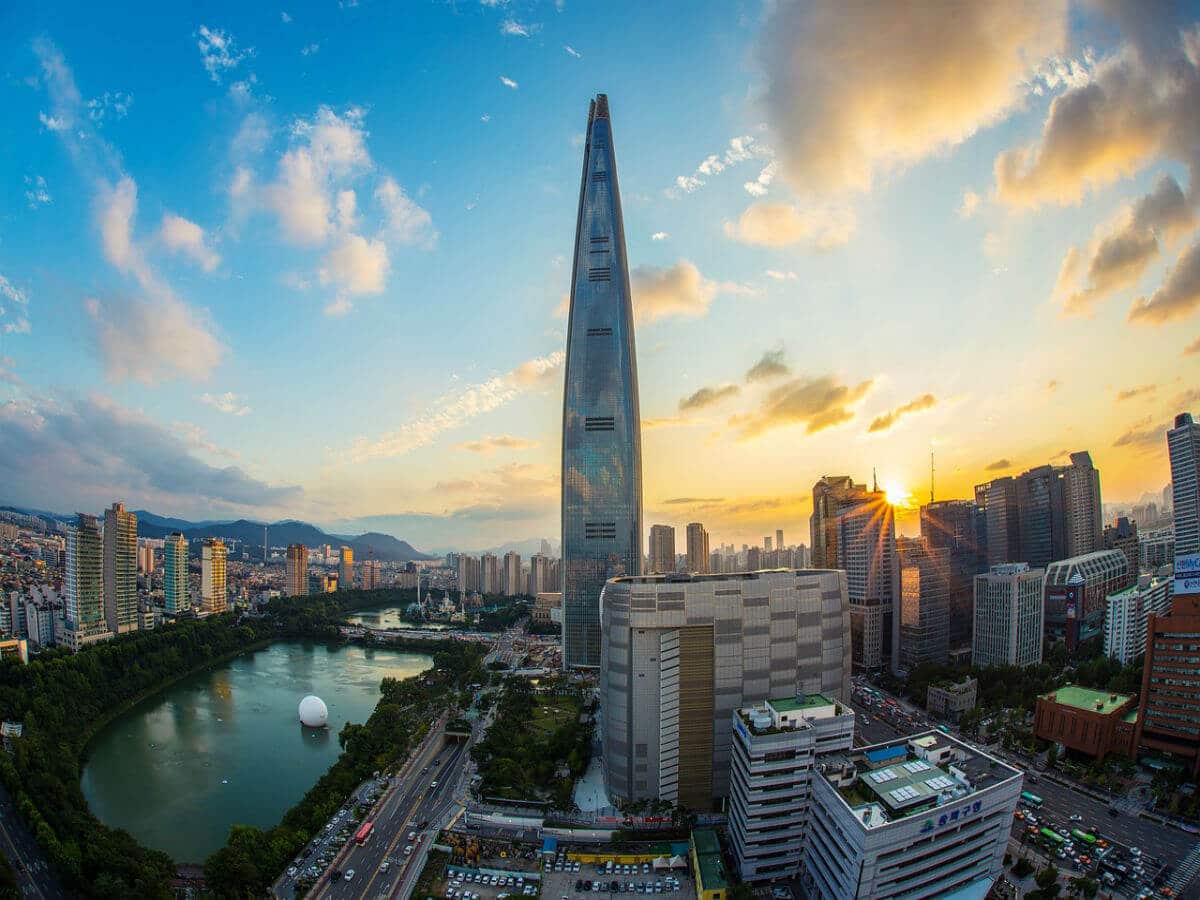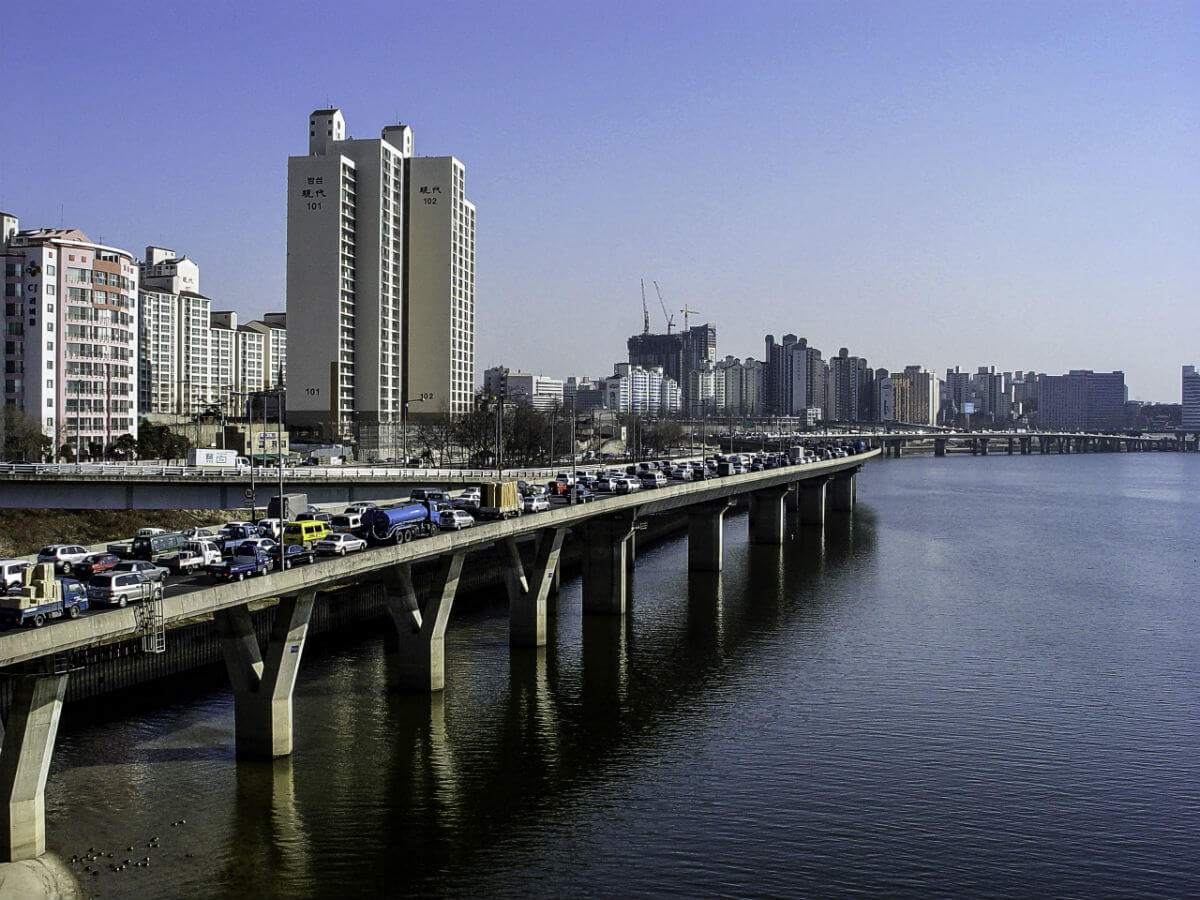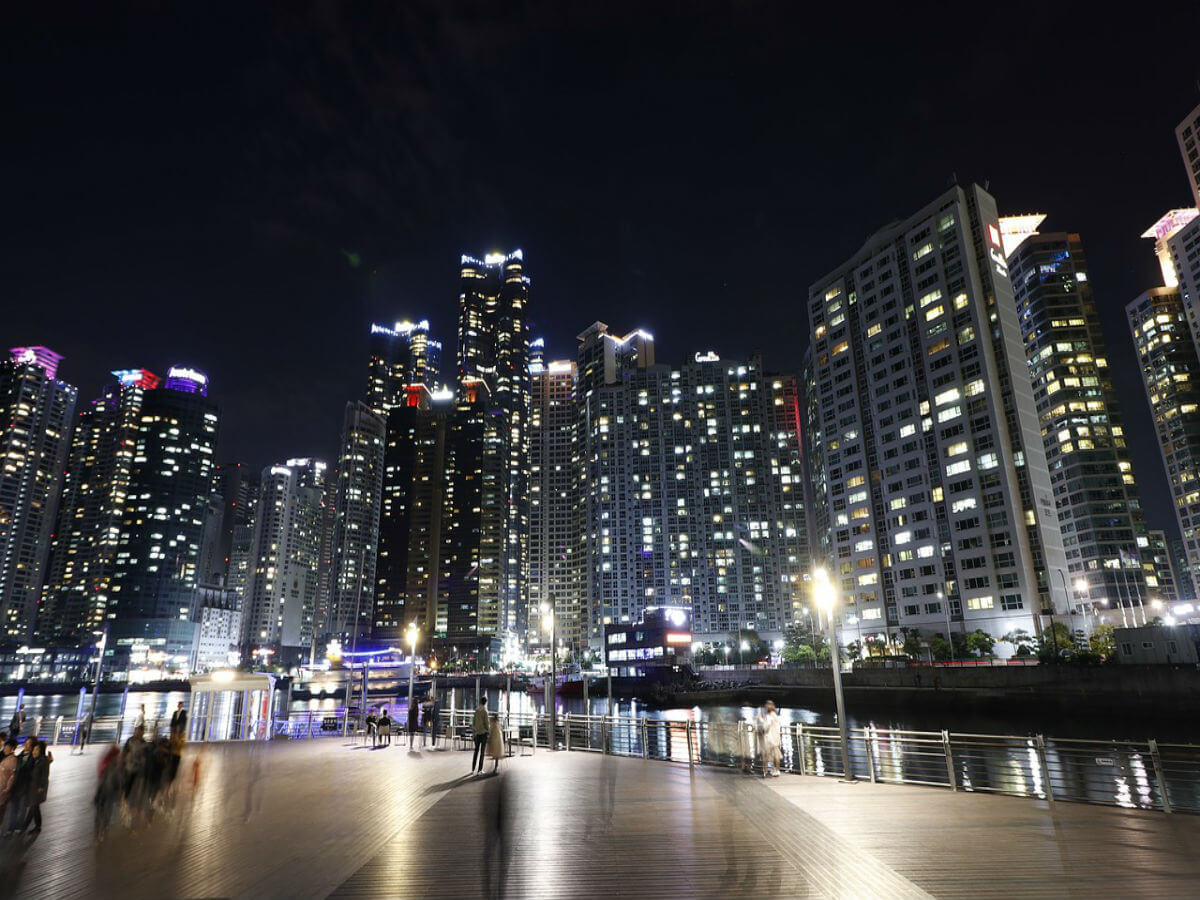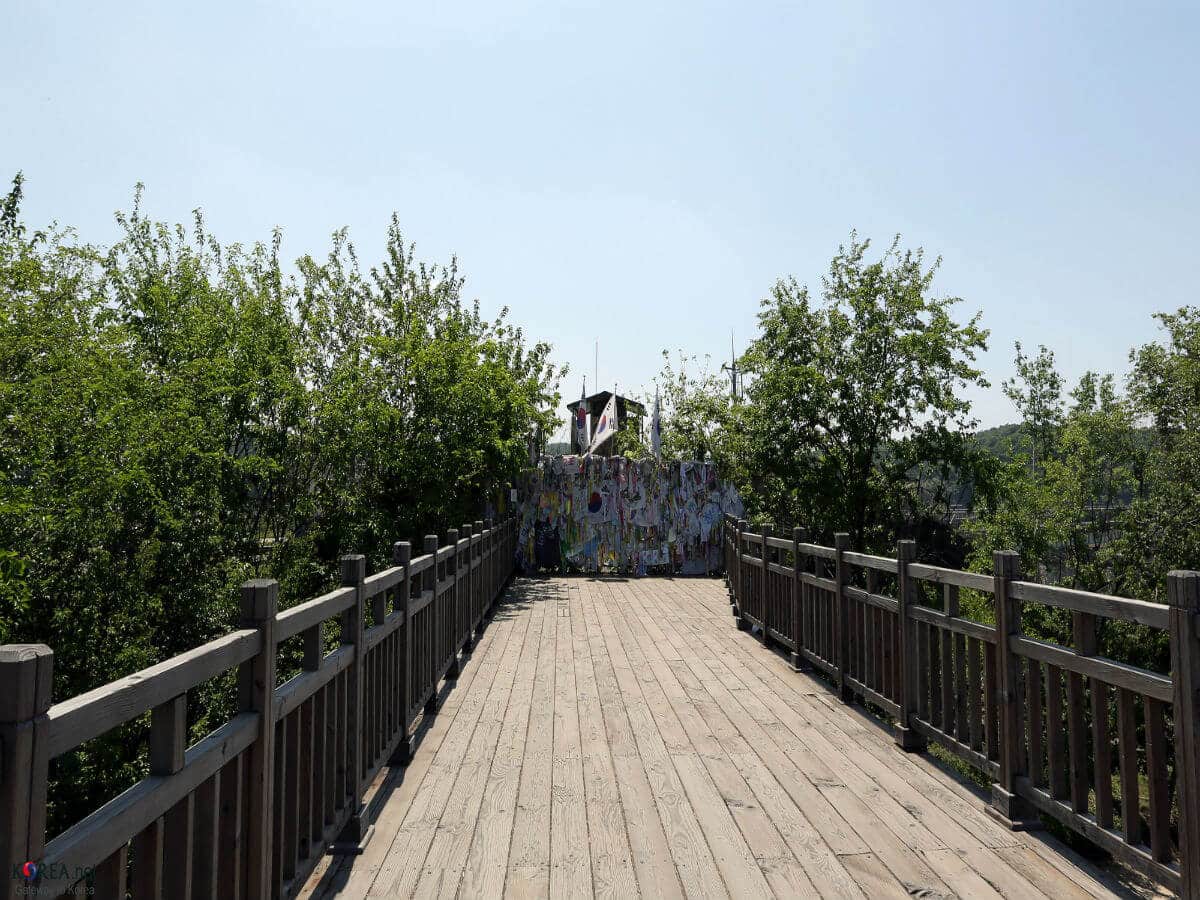Tour Packages
South Korea Tour Packages
SUPER DEAL PRICE
STARTS FROM
per person on twin sharing
ATMs are accessible everywhere in most areas.
Credit cards have limited acceptance in South Korea.
Banks are easy to find in South Korea.
The legal drinking age in South Korea is 19.
South Koreans are renowned for their warm hospitality.
Prices are typically cheaper in July and August.
South Korea - Visitors Statistics

Annually
1,10,00,000
Male51%
Female49%
By Purpose
Couples
For Newlywed Vacations
Family
For Family Vacations
Top Visitors from India
Delhi
Mumbai
Chennai
Bengaluru
Hyderabad
Pune
Kolkata
Ahmedabad
Jaipur
Lucknow
All You Need to Know About South Korea Tour
South Korea is like no other, brimming with rich cultural experiences, exquisite food, and plenty of affordable shopping options. Whether trying on a traditional Hanbok dress or taking a culinary class to learn kimchi making, you will never run out of activities to experience in this country. You can try all this with our exclusive South Korea tour packages.
If you’re planning your first trip to ‘The Land of Morning Calm’, it can be overwhelming to jot down all the places and adventures to dip your toes into. Fret not, for we have gathered all the necessary information that you will require to plan the perfect holiday through our South Korea tour packages.
View All South Korea Tour Packages
Travel Tips
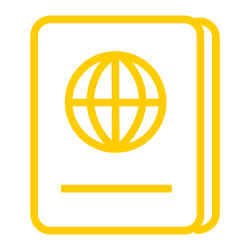
Visa Information
Check visa requirements before traveling, ensuring a smooth entry and compliance with destination regulations.

Health and Safety Tips
Prioritize health, stay hydrated, follow safety guidelines, and maintain personal hygiene for a secure journey.

Currency and Tipping
Familiarize with local currency, consider customary tipping practices for respectful and seamless travel experiences.
FAQs
Book Your Dream Vacay Today!













